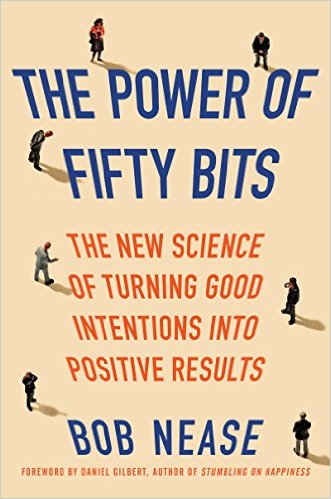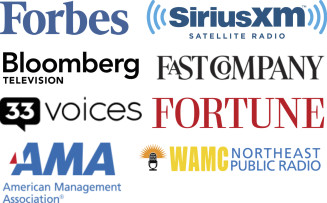
The Wall Street Journal reports a trend by employers to reduce the company match rate in 401(k) plans. The surveys varied widely in the magnitude of the fraction of employers eliminating or reducing the company match: T. Rowe Price reported 7% of large employers had made such a change, but a smaller survey by the Spectrum Group reported that 35% had made such changes in the past 12 months.
Regardless of the size of the trend, the motivation behind reducing or dropping the company match is clear:
“It’s an immediate cash-flow reduction for companies,” said George H. Wolpers, president of Spectrum Group.
What will this do to employee savings rates? The principles of behavioral economics shed some light on this question. Hyperbolic discounting asserts that humans tend to discount future events relative to events that happen today, and loss aversion asserts that gains mean less than losses. The endowment effect (something I see as a corollary to loss aversion) indicates that people overvalue what they currently possess. Roughly speaking, both hyperbolic discounting and loss aversion introduce factors of 50%; that is, future events get discounted by half and gains are valued at about 50% of losses.
Opt-out strategies have been very successfully applied to improve 401(K) participation. These strategies recognize that many employees procrastinate when it comes to participation because the hassles of enrolling in the plan loom large relative to future benefits. Defaulting employees into participation is what a colleague of mine calls “psychological judo,” using the natural tendency of human inertia to advantage retirement savings. And the results have been impressive, driving participation from the 30% to 40% range up to the 80% to 90% range.
Furthermore, the immediate gains received should an employee follow suit and reduce his or her contribution would have less of an impact than the loss experienced when the employee enrolled in the 401(k) plan. Thus, hyperbolic discounting tells us that the cost of making a change in contribution will loom large relative to the downstream gain (more take-home pay), while loss aversion tells us that the increase in take-home pay will be diluted relative to the original cost of participating.
In short, behavioral economics suggests that if employers reduce or eliminate their match to the 401(k) plans, the response by employees will be more modest than classical economics would predict. (We’ll see.)
This raises the larger question: Why did employers institute a match at all? My guess is that they (and their consultants) had no idea how weak those incentives would be… and how powerful an advanced understanding of human behavior is when it comes to managing employee benefits.

